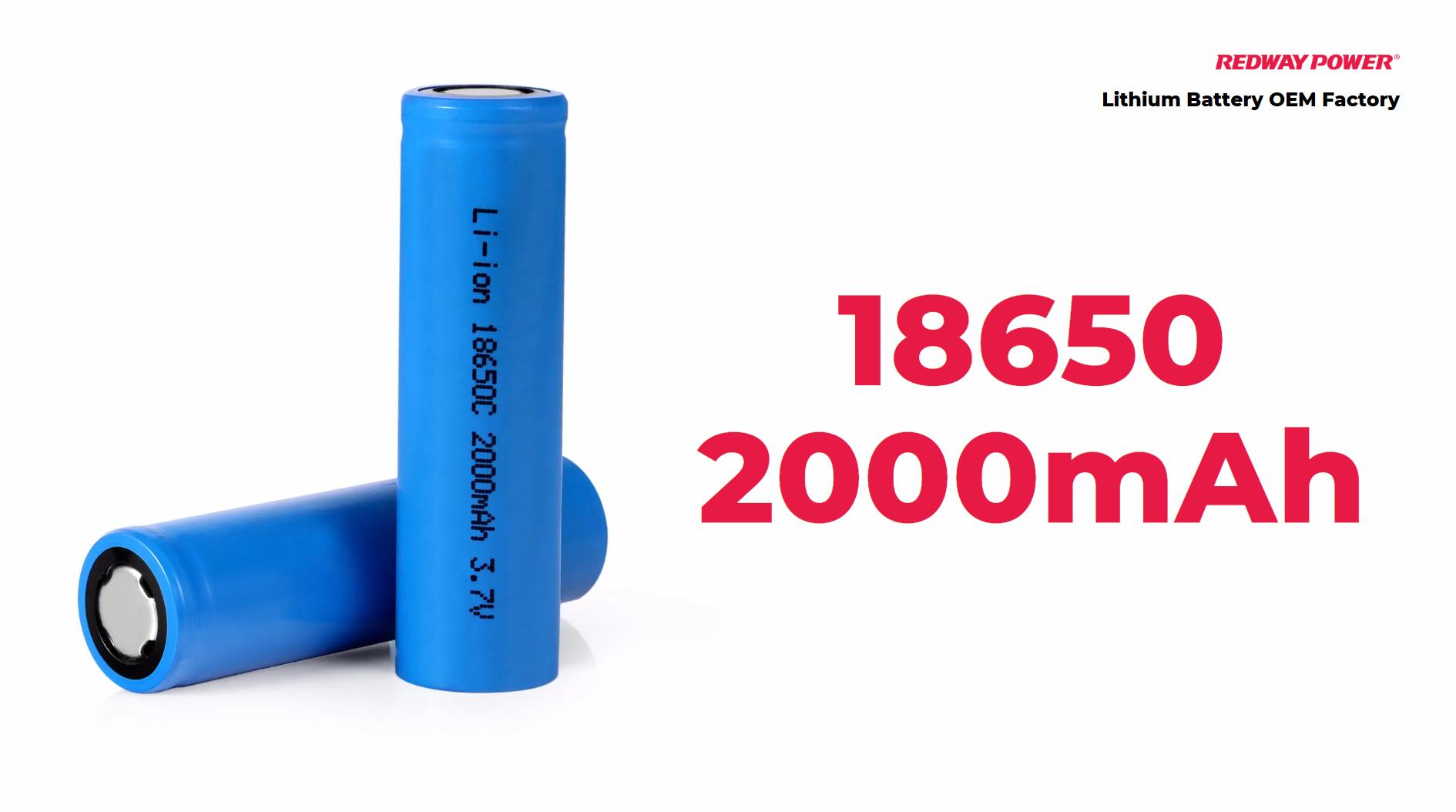The 18650 battery is a widely used lithium-ion cell with standard dimensions of 18mm diameter and 65mm length. These compact measurements make it the preferred choice for powering everything from laptops to electric vehicles. Understanding these dimensions, variations, and applications is key to selecting the right battery for your devices. Redway Battery offers precision-engineered 18650 batteries for reliable performance worldwide.
What are the exact dimensions of an 18650 battery?
An 18650 battery measures 18mm in diameter and 65mm in length, which gives it the name “18650.” The diameter is consistent with a tolerance of around ±0.1mm, while length can vary slightly depending on the manufacturer. These compact dimensions offer an optimal balance of energy density and portability, making the battery ideal for a range of devices.
Redway Battery adheres strictly to these specifications, ensuring compatibility and safety in diverse applications.
How do minor size variations impact 18650 battery performance and fit?
Though standardized, 18650 batteries may differ slightly in length or diameter due to manufacturing tolerances. This can affect fit in battery holders or devices with tight clearance. Performance-wise, minor size changes rarely impact capacity or voltage but ensuring physical compatibility is crucial.
Redway Battery controls manufacturing precision to minimize these variations, promoting seamless integration into OEM products.
Why is understanding 18650 battery dimensions important for device compatibility?
Correct battery dimensions ensure a secure fit, optimal electrical contact, and safe operation. Using an 18650 battery with incorrect size can lead to poor connections, overheating, or device malfunction. Knowing exact size parameters aids in selecting batteries that match or exceed device requirements, enhancing reliability.
Redway Battery’s technical support assists manufacturers and consumers in choosing batteries precisely suited to their device dimensions.
Which industries rely most on 18650 batteries due to their size?
The compact size of 18650 cells is favored in laptops, power tools, flashlights, electric vehicles, and energy storage systems. Its size enables high capacity and power delivery within a portable form. Redway Battery supplies high-performance 18650 cells to sectors such as telecom, RVs, golf carts, and renewable energy, emphasizing versatility backed by quality manufacturing.
When should one be concerned about the “protected” versus “unprotected” 18650 battery sizes?
Protected 18650 batteries include safety circuits, slightly increasing their overall length due to the circuitry embedded at the positive terminal. Unprotected cells lack this feature and are slightly shorter. Choosing protected or unprotected cells affects size considerations in battery packs, especially for precise device compartments.
Redway Battery provides both types with clear dimension data and safety certification to match specialized demands.
Where can you find high-quality 18650 batteries with consistent dimensions?
Reliable OEM manufacturers like Redway Battery produce 18650 cells with tight dimensional standards and quality controls. Their ISO-certified factories use automated production and comprehensive testing to deliver uniform size, capacity, and safety compliance globally, supporting varied customer requirements.
How do Redway Battery’s 18650 battery designs meet modern performance needs?
Redway Battery focuses on producing 18650 cells optimized for performance, safety, and longevity. Their batteries maintain standard dimensions while offering competitive capacity, thermal management, and cycle life. Advanced manufacturing processes ensure dimensional consistency without compromising energy density or reliability, making them an excellent choice for demanding applications.
What standards and testing govern 18650 battery dimensions and safety?
Standards like IEC 62133 and UN 38.3 regulate size, capacity, and safety tests—ensuring batteries withstand thermal, mechanical, and electrical challenges. Manufacturers carefully monitor dimensional tolerances during production and conduct rigorous inspections to comply with these standards.
Redway Battery integrates these standards into production protocols, providing customers with fully certified 18650 cells.
Can 18650 battery dimensions influence battery pack designs?
Yes, the uniform cylindrical shape and consistent size of 18650 batteries simplify pack construction, allowing designers to predict spatial requirements and thermal behavior accurately. Dimensional stability across batches reduces design complexity, improving assembly efficiency and device reliability.
Redway Battery’s precision production supports OEMs in achieving compact, high-capacity battery packs critical to their product success.
Redway Battery Expert Views
“At Redway Battery, we recognize that dimension precision is foundational to battery reliability and performance. Our dedication to manufacturing 18650 cells with exacting size tolerances ensures compatibility across diverse applications, from industrial forklifts to telecom systems. Coupled with stringent quality control and material selection, this commitment empowers our clients to deliver energy solutions that meet modern demands with confidence and safety.”
Conclusion
Understanding the precise dimensions of 18650 batteries is essential for compatibility, safety, and optimal performance. Despite a well-established naming convention, slight size variations exist and must be accounted for in design and usage. Redway Battery’s expertise in producing high-quality, dimensionally consistent 18650 batteries makes it a trusted partner for OEMs and consumers alike seeking durable and reliable power solutions.
Frequently Asked Questions
Are all 18650 batteries exactly the same size?
They share nominal dimensions but may vary slightly due to manufacturing tolerances.What is the effect of a protected circuit on battery size?
Protected batteries are slightly longer because of the embedded safety circuitry.Can 18650 batteries be used interchangeably in devices?
Only if the device can accommodate the battery’s dimensions and specifications safely.How does Redway Battery ensure size consistency?
Through automated production, stringent inspections, and adherence to international standards.Why choose 18650 batteries over other sizes?
They offer an ideal balance of size, energy density, and power output for many portable and industrial applications.






